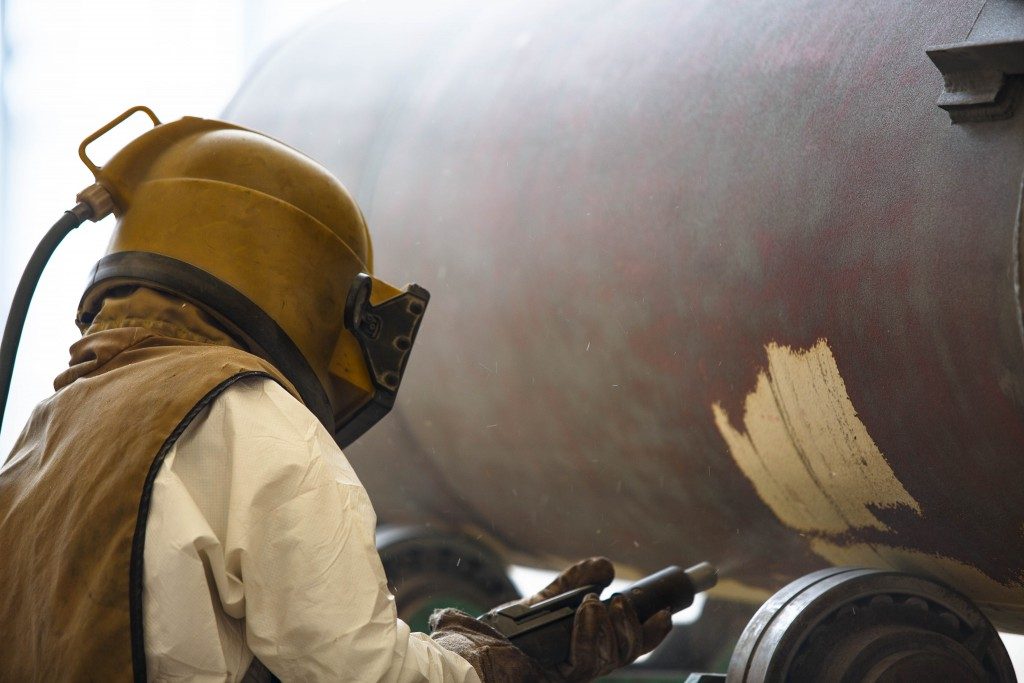 Abrasive blasting or sandblasting is the process wherein a tool is used to polish or smoothen a rough surface. It is also an ideal solution to make a few metal parts look their best.
Abrasive blasting or sandblasting is the process wherein a tool is used to polish or smoothen a rough surface. It is also an ideal solution to make a few metal parts look their best.
Whilst an expert should always do abrasive blast cleaning from trusted companies, such as Euro-Blast NZ Ltd, it is always best to learn a few basic facts about it. Learn the basic types of sandblasting and the way they work.
Silica Sand
Silica sand or silicon dioxide is often used for scraping or shearing a surface. According to experts, it is ideal for eliminating any imperfection on the surface to give the material a more streamlined look. It usually consists of sharp edges to give the sandblaster a grit effect once used.
Soda sandblasting
Soda sandblasting involves the use of baking soda. The bicarbonate present in soda is a great grit for removing dust from metals and other delicate materials without causing any damage to the surface.
Steel sandblasting
This is often used for scraping and blasting. The machine uses a steel grit to eliminate any rust from the metal’s surface. It is known for its rapid cutting effect to effectively prepare a thick surface for painting.
Glass beads
These are considered environment-friendly and are free of silica. It can be used to remove surface imperfections, such as burrs, rust and scales. It is likewise a great way to prepare a metal surface by providing it with a satin finish.
There are various types of sandblasting available in the market today. You just need to read well and find out which one is best for your needs. Working with experts when it comes to sandblasting is highly encouraged.

